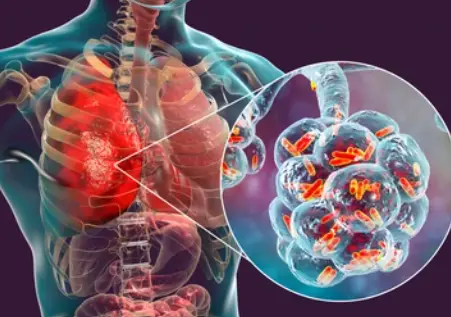 Welcome
Welcome
“May all be happy, may all be healed, may all be at peace and may no one ever suffer."
- A
- B
- C
- D
- E
- F
- G
- H
- I
- J
- K
- L
- M
- N
- O
- P
- Q
- R
- S
- T
- U
- V
- W
- X
- Y
- Z
Osteoarthritis (degenerative arthritis) - Generics
Osteoarthritis, also known as degenerative arthritis, is a common type of arthritis that occurs when the cartilage that cushions the joints begins to break down. It can affect any joint in the body, but most commonly affects the knees, hips, hands, and spine.
Risk factors for osteoarthritis include age, obesity, joint injury or overuse, and a family history of the condition. Symptoms of osteoarthritis include pain, stiffness, swelling, and limited range of motion in the affected joints.
Diagnosis of osteoarthritis usually involves a physical exam, medical history, and imaging tests such as X-rays or MRIs. Blood tests may also be performed to rule out other conditions that can cause similar symptoms.
Treatment of osteoarthritis focuses on relieving symptoms and improving joint function. This may include a combination of medications, physical therapy, and lifestyle changes such as weight loss, exercise, and avoiding activities that put excessive strain on the joints.
In some cases, surgery may be necessary to repair or replace damaged joints. Common surgical procedures for osteoarthritis include arthroscopy, joint fusion, and joint replacement.
Prevention of osteoarthritis involves maintaining a healthy weight, avoiding joint injuries, and engaging in regular exercise to keep the joints strong and flexible.
In summary, osteoarthritis is a common type of arthritis that occurs when the cartilage that cushions the joints begins to break down. It can cause pain, stiffness, swelling, and limited range of motion in the affected joints. Treatment focuses on relieving symptoms and improving joint function, and prevention involves maintaining a healthy weight, avoiding joint injuries, and engaging in regular exercise.

Bacteraemic pneumonia

Irritable bowel syndrome...

Lubrication

Keratosis

Vaginal atrophy

Prophylaxis of miosis dur...

Malignant gastrointestina...

Calcium and vitamin D def...
Osteoarthritis, Degenerative arthritis, অস্টিওআর্থারাইটিস, ক্ষয়জনিত বাত
To be happy, beautiful, healthy, wealthy, hale and long-lived stay with DM3S.